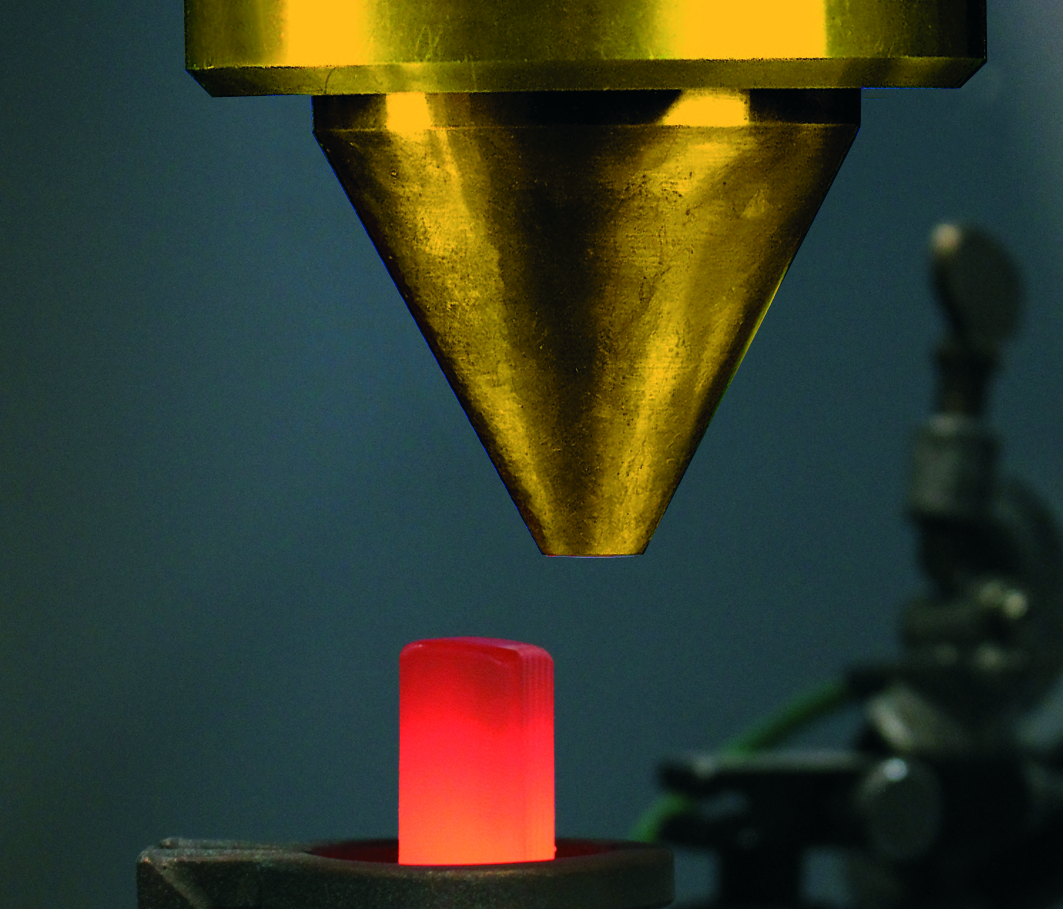Additive manufacturing of nickel superalloy components for high-temperature applications
High-performance materials are essential for high-temperature applications such as stationary gas turbines and jet engines. These materials offer sufficient temperature, oxidation and corrosion resistance and ideal creep and relaxation properties at temperatures of over 700°C. Scientists of the Fraunhofer IWS have now developed a technology to produce components in just such highly heat-resistant alloys, quickly and inexpensively using additive manufacturing, and to repair worn components using partial build-up welding.
The induction-assisted laser powder cladding procedure, developed by Fraunhofer IWS, is a hybrid process for processing high-performance materials using additive manufacturing. Alloys that are hard or even impossible to weld can now be processed in excellent quality, thanks to a modified temperature regime. Additional heat locally applied to the component, and precise process control can suppress the formation of hot and cold cracks, and delivers a coating requiring only minimal finishing.
Fraunhofer IWS Dresden uses a specially developed temperature monitoring and control system to achieve precise and perfect material transfer. A highly-sensitive camera provides thermographic monitoring of metallic surfaces. The temperature measured is the basis for setting and adjusting the components used such as lasers and induction generators. This allows for the temperature control over time as required for perfect cladding.
The technology and systems developed at Fraunhofer IWS can also be used to process nickel superalloys and innovative high-performance materials such as titanium aluminides. To date, it has been difficult or indeed impossible to weld these materials with conventional welding methods. Damage to highly creep-resistant components, for example as a result of erosion or impingement, can now be handeld using IWS technology, and the components made fit for use again.
All the latest developments in additive manufacturing will be presented and discussed with international experts from science and industry at the International Additive Manufacturing Symposium in Dresden on 25 - 26 February 2015.
 Fraunhofer Institute for Material and Beam Technology IWS
Fraunhofer Institute for Material and Beam Technology IWS